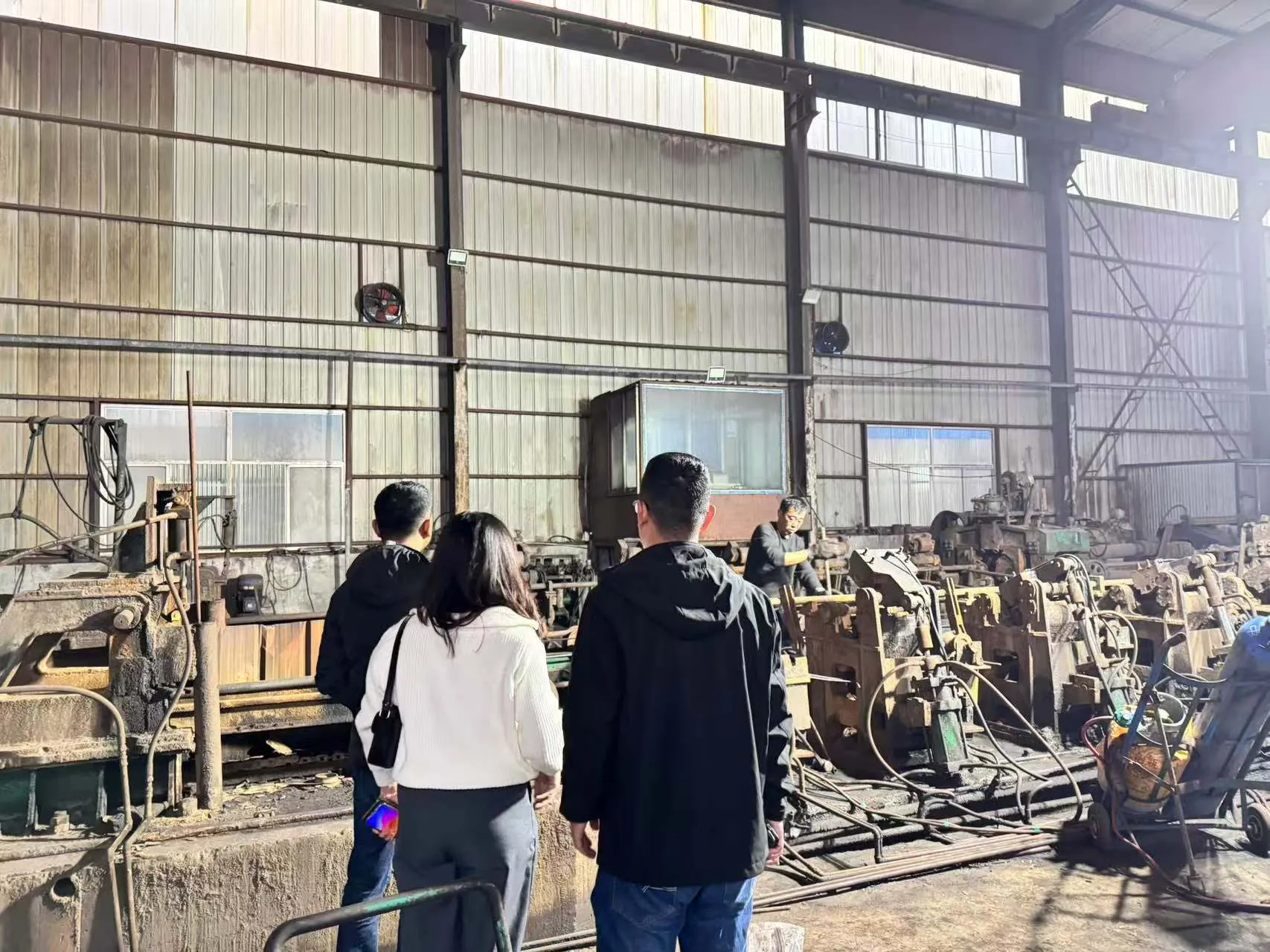-
Cangzhou Yulong Steel Co., Ltd.
-
Phone:
+86 13303177267 -
Email:
admin@ylsteelfittings.com
- English
- Arabic
- Italian
- Spanish
- Portuguese
- German
- kazakh
- Persian
- Greek
- French
- Russian
- Polish
- Thai
- Indonesian
- Vietnamese
- Zulu
- Korean
- Uzbek
- Hindi
- Serbian
- Malay
- Ukrainian
- Gujarati
- Haitian Creole
- hausa
- hawaiian
- Hebrew
- Miao
- Hungarian
- Icelandic
- igbo
- irish
- Japanese
- Javanese
- Kannada
- Khmer
- Rwandese
- Afrikaans
- Albanian
- Amharic
- Armenian
- Azerbaijani
- Basque
- Belarusian
- Bengali
- Bosnian
- Bulgarian
- Catalan
- Cebuano
- China
- China (Taiwan)
- Corsican
- Croatian
- Czech
- Danish
- Esperanto
- Estonian
- Finnish
- Frisian
- Galician
- Georgian
- Kurdish
- Kyrgyz
- Lao
- Latin
- Latvian
- Lithuanian
- Luxembourgish
- Macedonian
- Malgashi
- Malayalam
- Maltese
- Maori
- Marathi
- Mongolian
- Myanmar
- Nepali
- Norwegian
- Norwegian
- Occitan
- Pashto
- Dutch
- Punjabi
- Romanian
- Samoan
- Scottish Gaelic
- Sesotho
- Shona
- Sindhi
- Sinhala
- Slovak
- Slovenian
- Somali
- Sundanese
- Swahili
- Swedish
- Tagalog
- Tajik
- Tamil
- Tatar
- Telugu
- Turkish
- Turkmen
- Urdu
- Uighur
- Welsh
- Bantu
- Yiddish
- Yoruba

Dec . 12, 2024 09:40 Back to list
cs concentric reducer
Understanding CS Concentric Reducers A Comprehensive Overview
A concentric reducer is a fundamental component used in piping systems to manage the flow and transition of materials, liquids, and gases. Among various types of reducers, concentric reducers are specifically designed to allow for a smooth, gradual change in diameter between pipe sections. This article focuses on carbon steel (CS) concentric reducers, highlighting their design, applications, and advantages.
What is a Concentric Reducer?
A concentric reducer is a fitting that facilitates a transition from one pipe size to a smaller size, maintaining the same centerline. Unlike eccentric reducers, which are offset and can create turbulence in flow, concentric reducers ensure that the axes of the pipes remain aligned. This alignment is crucial for maintaining a consistent flow rate and minimizing the risk of pressure drops.
Why Carbon Steel?
Carbon steel is a popular material choice for manufacturing concentric reducers due to its excellent strength and durability. CS concentric reducers can withstand high pressures and temperatures, making them ideal for various industrial applications. Furthermore, carbon steel is relatively cost-effective compared to other materials like stainless steel or alloy steel, providing a balance between strength and affordability.
Key Features of CS Concentric Reducers
1. Design The design of a concentric reducer is characterized by its symmetrical profile, which contributes to smooth flow dynamics. A standard concentric reducer has a straight section connecting two different diameters, facilitating easy installation and integration into existing systems.
2. Dimensions and Sizing Concentric reducers come in various sizes, allowing them to fit a wide range of pipe systems. Their sizing is based on the nominal pipe size, enabling engineers to select the appropriate reducer for their specific needs.
3. Pressure Ratings CS concentric reducers are available in different pressure ratings, accommodating various applications from low-pressure to high-pressure systems. The pressure rating is a critical factor when selecting a reducer, as it ensures that the component can handle the intended operational conditions.
4. Weldability Carbon steel is known for its welding properties, making the installation of concentric reducers straightforward. They can be welded to pipes using common techniques, including but not limited to, MIG, TIG, and arc welding.
Applications of CS Concentric Reducers
cs concentric reducer

CS concentric reducers are widely used across several industries due to their versatility. Some common applications include
- Oil and Gas In oil and gas pipelines, concentric reducers are used to connect different pipe sizes, ensuring efficient transport of crude oil, natural gas, and other hydrocarbons
.- Water Treatment Plants These reducers are essential in water treatment facilities for transitioning between varying pipeline sizes while maintaining optimal flow rates and pressure levels.
- Chemical Processing In the chemical industry, concentric reducers play a vital role in transporting various chemicals, allowing for the safe and efficient movement of reactive materials.
- HVAC Systems Heating, ventilation, and air conditioning systems also utilize concentric reducers to manage air flow and pressure, providing both comfort and efficiency in building environments.
Advantages of Using CS Concentric Reducers
1. Flow Efficiency The design of concentric reducers promotes laminar flow, significantly reducing turbulence and energy loss in the system.
2. Durability Made from carbon steel, these reducers offer excellent resistance to wear and corrosion, extending their lifespan in demanding applications.
3. Cost-Effective The affordability of carbon steel makes concentric reducers a budget-friendly option without compromising on quality.
4. Versatility They can be used across a range of industries, accommodating various operational requirements and conditions.
Conclusion
In summary, CS concentric reducers are essential components that enhance the efficiency and reliability of piping systems across multiple industries. Their design, durability, and cost-effectiveness make them a preferred choice for engineers and project managers. When selecting a concentric reducer, it is crucial to consider the system's specific requirements, including size, pressure rating, and material compatibility, to ensure optimum performance. Understanding the fundamental aspects of CS concentric reducers can pave the way for informed decision-making and successful project outcomes.
Latest news
-
ANSI 150P SS304 SO FLANGE
NewsFeb.14,2025
-
ASTM A333GR6 STEEL PIPE
NewsJan.20,2025
-
ANSI B16.5 WELDING NECK FLANGE
NewsJan.15,2026
-
ANSI B16.5 SLIP-ON FLANGE
NewsApr.19,2024
-
SABS 1123 FLANGE
NewsJan.15,2025
-
DIN86044 PLATE FLANGE
NewsApr.19,2024
-
DIN2527 BLIND FLANGE
NewsApr.12,2024
-
JIS B2311 Butt-Welding Fittings LR/SR 45°/90° /180°Seamless/Weld
NewsApr.23,2024











